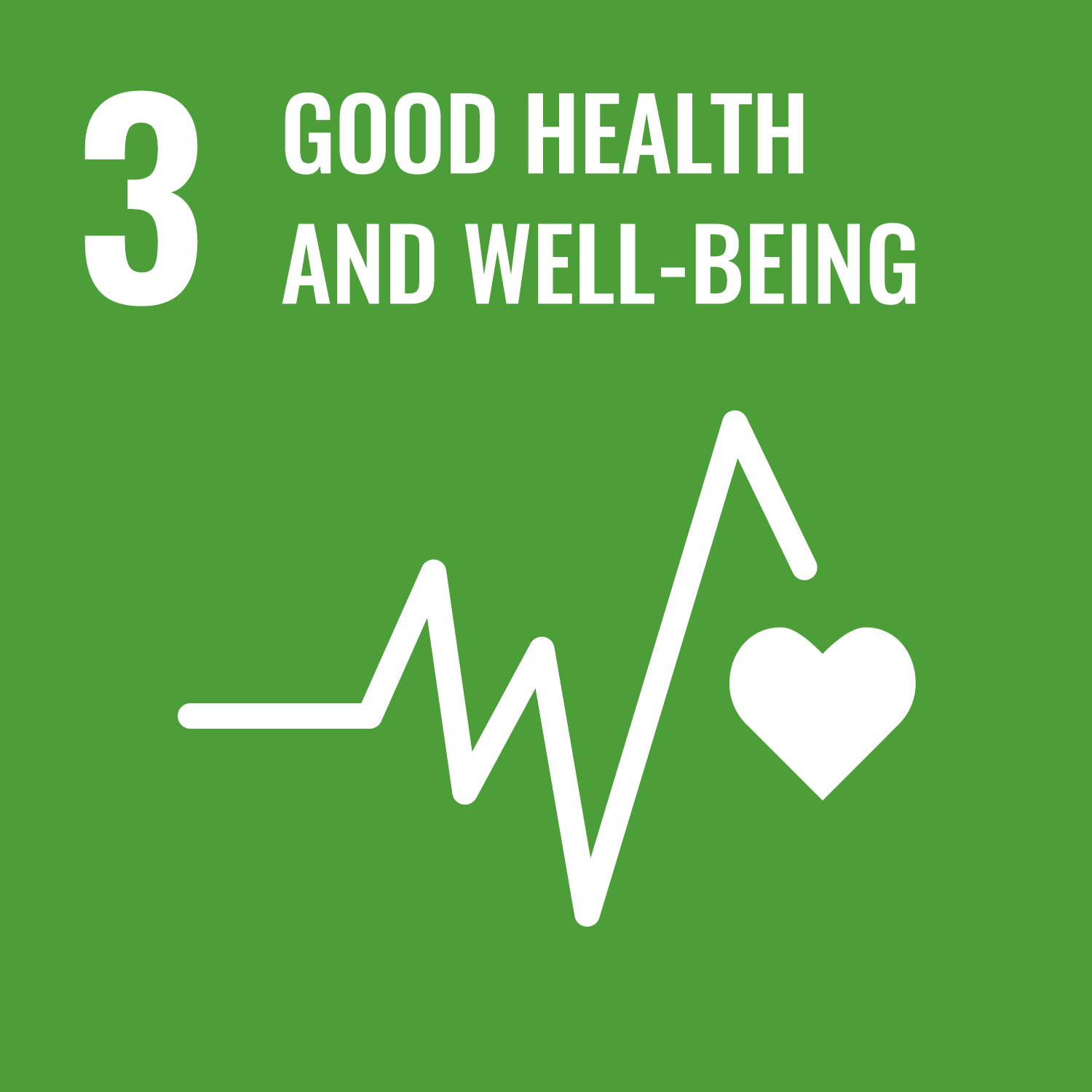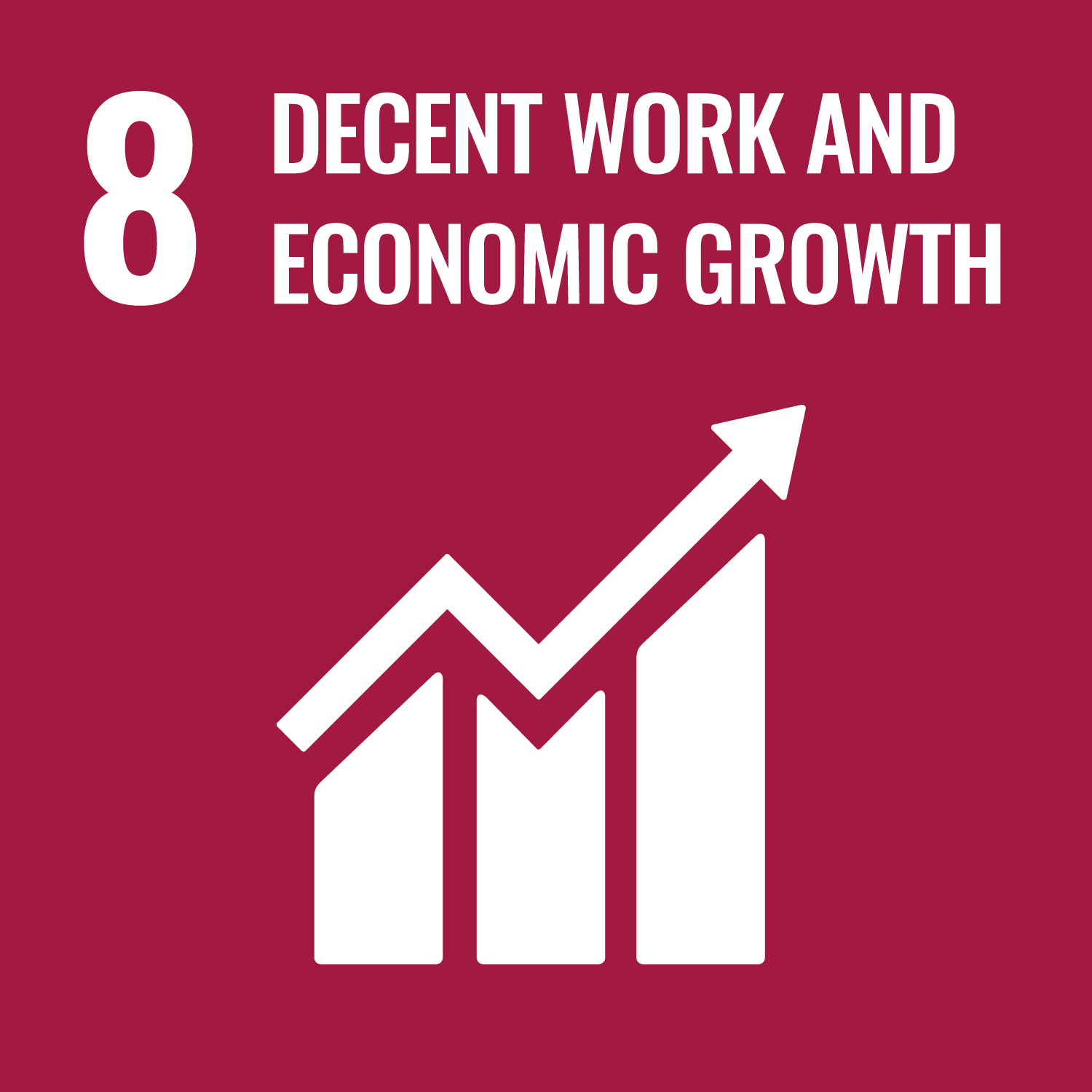In this exercise, you will learn the practice of a wider range of design activities while collaborating with the on-campus
and off-campus on the presented tasks by making the best use of the lesson contents that you have taken so far. The main theme
is to propose concrete objects. In Q2, it is an issue from a company that handles various materials, and we will sublimate
new ideas that have never existed before to a level that can be used as products. In Q3, we will design furniture. Set the
theme targets for the furniture you design, and make proposals with the optimum materials and shapes. Q4 proposes disaster
prevention supplies and services with the theme of urban disaster prevention. In each process of the exercise, we will think
about everything from research, analysis, planning to design, promotion and sales methods, and connect them to proposals.
For concept planning and problem solving, seek logical and objective explanations. Regarding the content of the proposal,
the process of verifying the idea (user hearing, hearing with experts, etc.) will be emphasized.
Exercise 3D cad to enhance design engineering expressiveness.
Exercise 3D cad to enhance design engineering expressiveness.
(1) Being able to grasp problems from the background, investigate and analyze, set issues, and build design concepts.
(2) Regarding proposals, we can make attractive design proposals with technical grounds through sketches, rough models, 3D studies and experiments.
(3)Models and presentation panels used for presentations can be made easy to understand and beautiful.
(2) Regarding proposals, we can make attractive design proposals with technical grounds through sketches, rough models, 3D studies and experiments.
(3)Models and presentation panels used for presentations can be made easy to understand and beautiful.
- Being able to grasp problems from the background, investigate and analyze, set issues, and build design concepts.
- Regarding proposals, we can make attractive design proposals with technical grounds through sketches, rough models, 3D studies and experiments.
- Models and presentation panels used for presentations can be made easy to understand and beautiful.
| Midterm Clinic | Final Presentation | Total. | |
|---|---|---|---|
| 1. | 10% | 30% | 40% |
| 2. | 10% | 20% | 30% |
| 3. | 10% | 20% | 30% |
| Total. | 30% | 70% | - |
| Class schedule | HW assignments (Including preparation and review of the class.) | Amount of Time Required | |
|---|---|---|---|
| 1. | Orientation: Lectures and exercises on how to proceed with the project and issues | Explore the direction of proposals from major themes | 90minutes |
| 2. | Idea generation, background and target setting, clarification of goals | 20 idea sketches | 120minutes |
| 3. | Evaluation and narrowing down ideas | 20 idea sketches | 120minutes |
| 4. | Interim presentation | 10 idea sketches, rough model | 120minutes |
| 5. | 展開 Reification of proposals and development of ideas | Presentation and model creation | 120minutes |
| 6. | Presentation guidance | Presentation and model creation | 120minutes |
| 7. | Presentation, commentary | - | 0minutes |
| Total. | - | - | 690minutes |
Evaluation of each step (submission) 50%. Final product (presentation and model) rating 50%
| ways of feedback | specific contents about "Other" |
|---|---|
| 授業内と授業外でフィードバックを行います。 |
- Course that cultivates an ability for utilizing knowledge
- Course that cultivates a basic interpersonal skills
- Course that cultivates a basic self-management skills
- Course that cultivates a basic problem-solving skills
| Work experience | Work experience and relevance to the course content if applicable |
|---|---|
| Applicable | The instructor has experience in product design and engineering at a company, and is able to objectively evaluate the attractiveness of the product, and to examine whether it is feasible to manufacture and whether there are any problems in its use. |





- 3.GOOD HEALTH AND WELL-BEING
- 4.QUALITY EDUCATION
- 8.DECENT WORK AND ECONOMIC GROWTH
- 9.INDUSTRY, INNOVATION AND INFRASTRUCTURE
- 12.RESPONSIBLE CONSUMPTION & PRODUCTION
Last modified : Tue Sep 17 18:21:07 JST 2024
